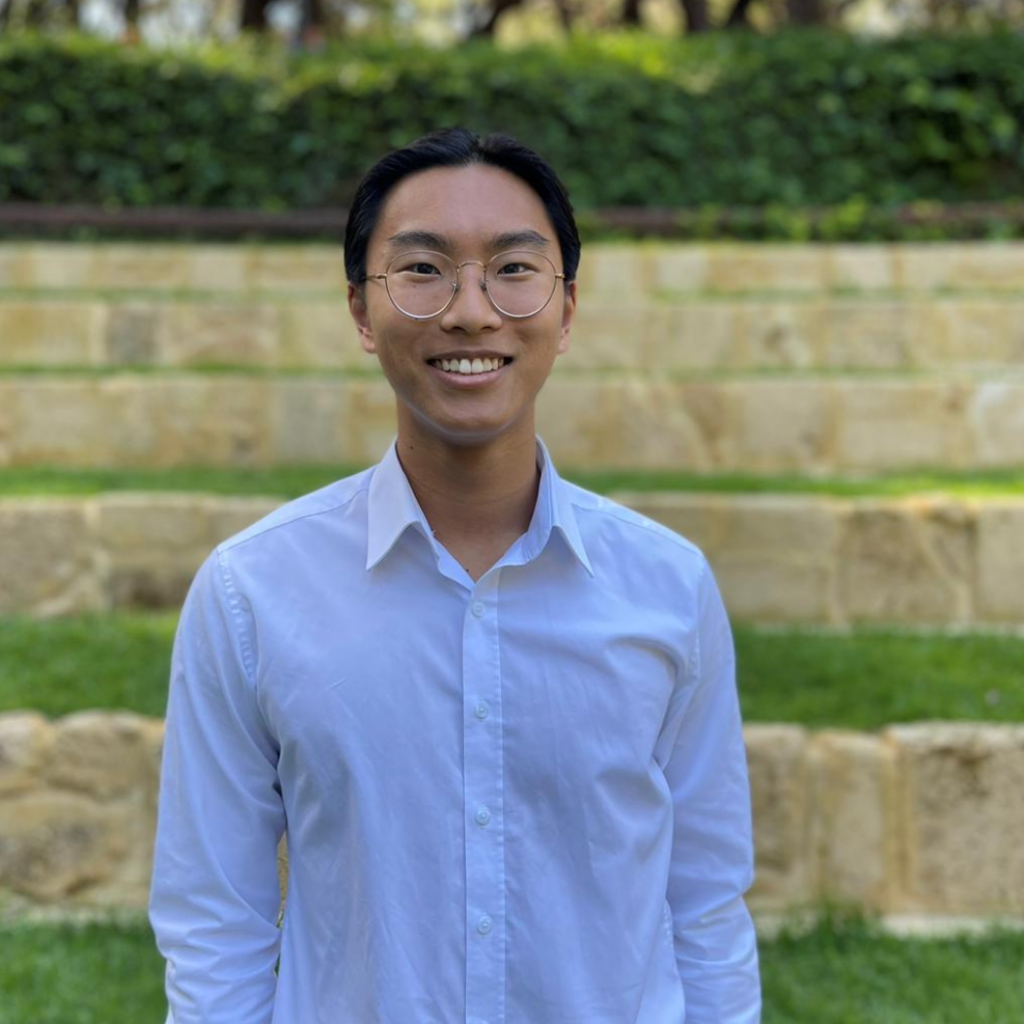Abstract:
Questions in maths can appear strict and one-dimensional. Here, I share my thoughts on the creativity and complexity involved in the process of mathematical research.
Text:
We’re all familiar with the experience of grinding out maths homework – the basic principle is that the longer and harder you work, the more you can get done. But this wasn’t my experience in mathematical research.
Certainly, there are times when you need to complete nice, well-defined tasks, like reading papers or writing code to do a specific job. But in my opinion, these tasks are the easy part – the hard work comes in creative tasks like experimenting, interpreting and explaining strange results and deciding what to do next. Research requires creative thinking, and frustratingly, you can’t force creative ideas to come. However, I do think there are things you can do to facilitate creative thinking.
Many of my best ideas occurred when I was out for a run, brushing my teeth or at the beach. It was therefore important that I gave myself those opportunities to let thoughts pop in and out of my head. While there were times to sit down and get work done, and there was always something to do, a lot of good ideas also came when I wasn’t trying too hard to think at all.
Unfortunately, this doesn’t mean I spent my summer lounging around at the beach, waiting for genius to come my way. When an idea strikes it is never fully formed, and on the off-chance I had a good idea, a lot of sitting down at my desk was required to turn a chance idea into something meaningful to my research. Furthermore, I think it’s important to acknowledge that deep understanding of a topic must precede creativity – I’m not stumbling across a solution to the Riemann hypothesis anytime soon. I’m simply proposing that recognising when you should allow your mind to wander may be useful in aiding the creative process.
I think the importance of creativity in maths is highlighted by the value that can be found in talking to non-experts. I use, as an example, me explaining my project to my friend Declan.
My project involved comparing different ways of partitioning a dataset, and benchmarking them against a bipartition (splitting a dataset into two partitions). And when Declan asked me why I’d selected two as the number of partitions to benchmark against, I didn’t have a good answer. I’d initially chosen two to reduce computational complexity and had just ended up running with it – but there wasn’t really a reason to restrict myself here. So I tested other partition sizes, and gave myself a whole new set of results to explore.
When you’re constantly thinking about something, I think it’s easy to get lost in what you’re doing. Non-experts are good at aiding creativity by challenging fundamentals and approaching things from a first-principles perspective.
Finally, I acknowledge that I’m very new to research, and that my process, my mindset and the types of problems I approach will certainly change over time – so consider this my two cents. But then again, perhaps my naivety should lend my opinion some weight.
Jason Lu
The University of Western Australia

